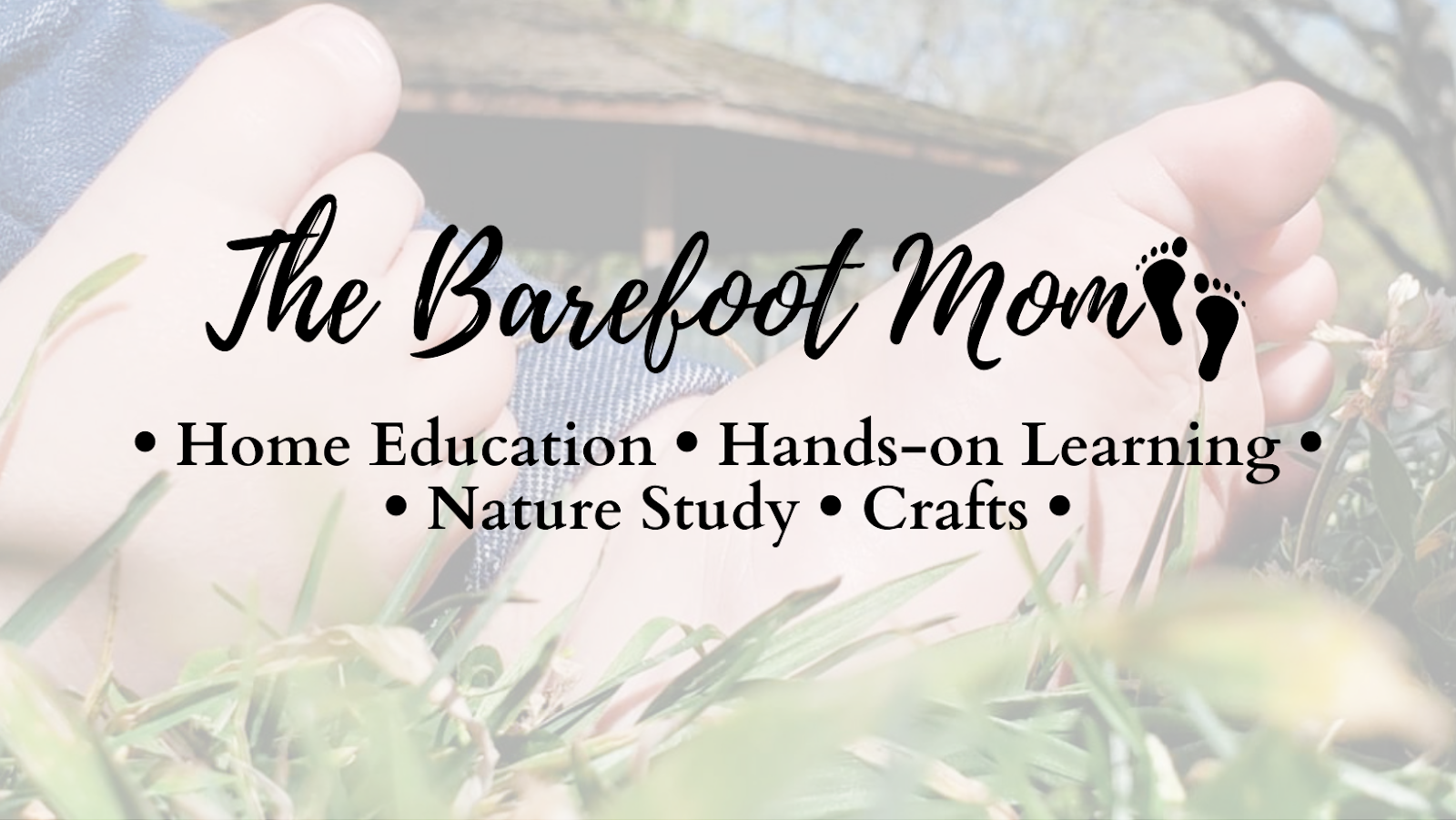Between watching the leaves change color, watching pumpkins ripen, and watching animals prepare for winter, fall offers so many wonderful learning opportunities! Keep reading for lots of fall themed science activity ideas.
Study the anatomy of a pumpkin plant
I have a free printable pumpkin anatomy coloring sheet that you can grab here.
Collect and identify fall leaves
Collect fall leaves and use an identification app or a field guide to identify what types of trees they came from.
Study the oak tree lifecycle
Check out this "Acorn to Oak Tree Timelapse video on YouTube.
Study the pumpkin lifecycle
Pumpkin Jack by Will Hubbell is a great story to read about the pumpkin lifecycle. YouTube has a read aloud version here.
Study the oak tree lifecycle
Check out this "Acorn to Oak Tree Timelapse video on YouTube.
Study the pumpkin lifecycle
Pumpkin Jack by Will Hubbell is a great story to read about the pumpkin lifecycle. YouTube has a read aloud version here.
Fall leaf chromatography
Separate the different pigments in fall leaves using a simple paper chromatography process. Check out this blog post for instructions.
Learn about why leaves change colors
Here are a few videos to check out:
-SciShow Kids- Why do Leaves Change Color in the Fall
-Freeschool- Why do Leaves Change Color?
Learn about hydromechanics with pinecones
Place a pinecone in a cup of water and watch what happens over time. Watch what happens when you remove it from the water.
The pinecone should close up in the water. It should reopen once it's removed and given a chance to dry out. Pinecones close in wet weather to protect the seeds inside them. They open in dry weather to allow for seed dispersal. It works because pinecone scales absorb water, causing them to expand when exposed to a wet environment. The outer layer of each scale is more absorbent than the inner layer, which causes the scales to curl inward when exposed to moisture, closing the pinecone. As the scales dry out, the pinecone reopens.
Collect and study seeds
How many different types of seeds can you find? Study the various methods of seed dispersal. Try dissecting a seed.
Here's a great video about seed dispersal to check out: Next Generation Science: Seed Dispersal.
Learn about oxidation with apple slices
Slice up an apple. Leave a few slices out on a plate. Place a few slices in an airtight bag. Observe what happens.
Learn about oxidation with apple slices
Slice up an apple. Leave a few slices out on a plate. Place a few slices in an airtight bag. Observe what happens.
The apples on the plate should turn brownish over time. This is due to an enzyme that is released by the apple, called polyphenol oxidase, reacting with the oxygen in the air.
Lowering the surface pH of apple slices can slow down or prevent oxidation. Try coating some apple slices with liquids of different pHs to see which ones work best to prevent oxidation. Try some acidic liquids like lemon juice and vinegar and some basic liquids like baking soda dissolved in water and alkaline water.
Do a fall themed sink or float experiment
Collect a few fall themed items like a pumpkin, an apple, and an acorn. Ask you kids if they think the items will sink or float. Then test them!
Observe and learn about how animals prepare for winter
Watch the squirrels, birds, and other animals around your home. How are they preparing for winter? Here are a few resources to check out:
-National Geographic Kids- Fascinating Ways Animals Prepare for Winter
-Learning About Birds- Flight and Migration
Do a fall themed sink or float experiment
Collect a few fall themed items like a pumpkin, an apple, and an acorn. Ask you kids if they think the items will sink or float. Then test them!
Observe and learn about how animals prepare for winter
Watch the squirrels, birds, and other animals around your home. How are they preparing for winter? Here are a few resources to check out:
-National Geographic Kids- Fascinating Ways Animals Prepare for Winter
-Learning About Birds- Flight and Migration
If you enjoyed this post, check out:
Follow me on:





Comments
Post a Comment